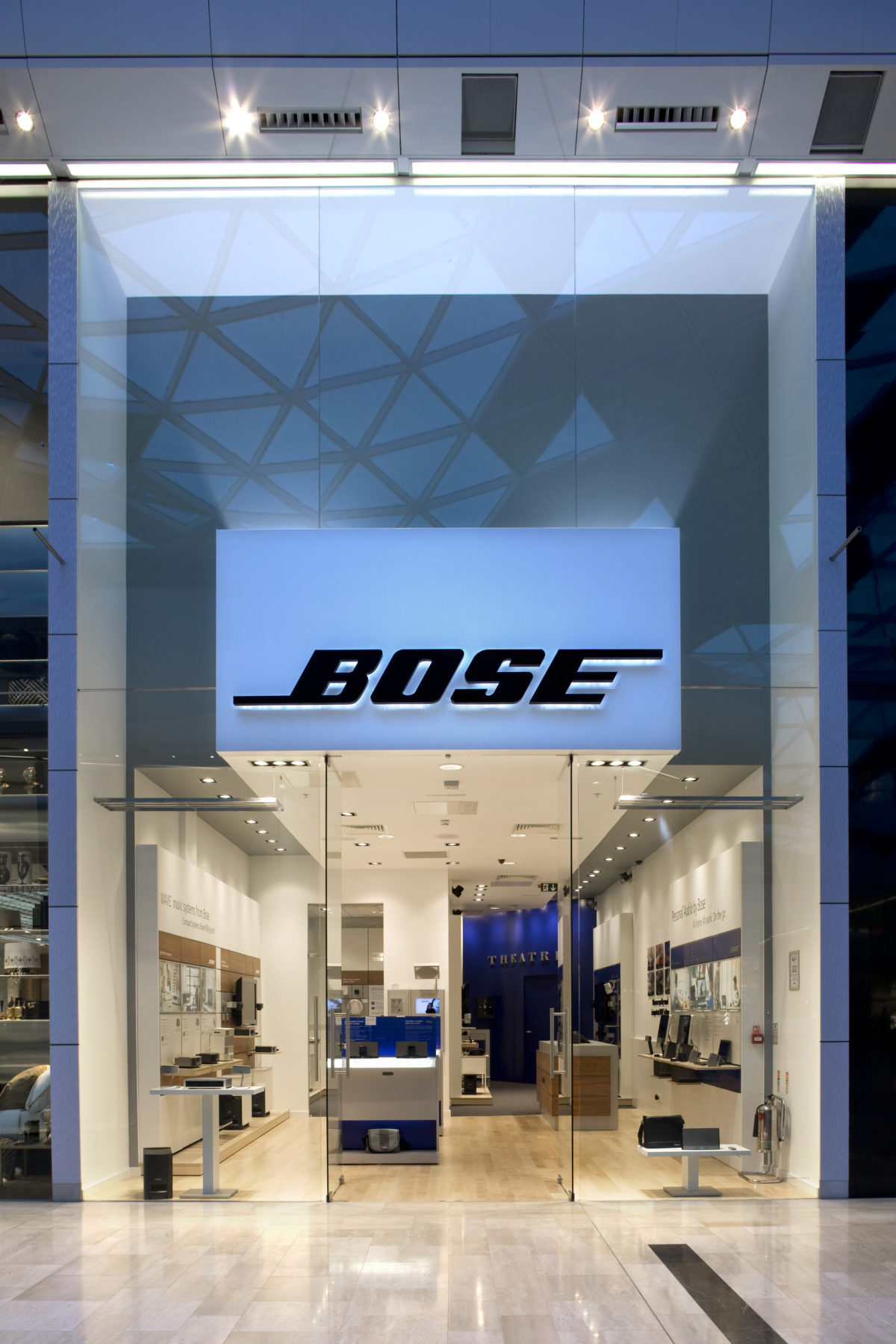In the current retail environment, creating an attractive and practical space is essential for drawing in customers and enhancing their shopping experience. A retail fit-out goes beyond mere aesthetics; it involves a holistic approach to designing an atmosphere that reflects your brand, captures customers, and boosts sales. This guide will explore effective spatial planning techniques, from grasping the importance of a well-executed retail fit-out to navigating the latest trends and innovations shaping the industry in the next few years.
Whether you are opening a new store or revamping an current space, grasping the retail fit-out process is vital. By thoughtfully zoning Retail Fit Out Devon , choosing the right materials, and including your branding into the design, you can create a memorable environment that keeps customers returning. Join us as we delve into the key components of optimized retail fit-outs, providing insightful insights for both boutiques and major retailers looking to improve their spaces for success.
Comprehending Commercial Space Fit-Outs along with Their Significance
Store fit-outs constitute the procedure of designing and building the internal space of a shopping area to create an inviting atmosphere for shoppers. This process includes a range of activities from design layout to picking materials and finishes that mirror the brand identity. An effective fit-out is crucial as it can dramatically impact customer perceptions and buying behavior. A carefully crafted area not just makes a good initial impression but also boosts engagement with customers and contentment.
The importance of a store fit-out goes beyond just looks. A thoughtfully considered store layout can facilitate a smoother traffic of customer traffic, making it simpler for shoppers to find their way in the environment and explore products. This can cause boosted revenue as shoppers are pushed to look around and make impulse purchases. Moreover, the right design aspects, such as light fixtures and color combinations, can inspire feelings and enhance the complete shopping experience.
Spending in a qualified commercial fit-out is vital for companies wanting to differentiate themselves in a competitive industry. Ranging from optimizing space utilization to adding cutting-edge design trends, a successful fit-out can provide a significant ROI. By aligning the space with the company’s values and customer needs, businesses can develop a memorable customer shopping journey that fosters patron loyalty and drives business growth.
The Retail Fit-Out Process: Steps to Success
To start your retail fit-out process, it is important to start with a comprehensive plan that outlines your vision and goals. This entails conducting thorough market research to understand customer preferences and industry trends. Collaborating with stakeholders, including designers, architects, and contractors, can offer valuable insights into the feasibility of your ideas. Creating a detailed design brief will serve as a roadmap, emphasizing specific requirements such as store layout, branding elements, and any technological integrations that will enhance the customer experience.
Once the planning phase is complete, the next step is to establish a clear project timeline and budget. This is where you will define key milestones and distribute resources effectively. It is crucial to consider not only the costs associated with construction and materials but also possible hidden expenses that could arise. Regular communication with contractors and vendors will help ensure the project on track, avoiding delays and guaranteeing that everyone is aligned with the project's objectives.
Finally, as the fit-out progresses, monitoring the execution phase is essential to ensure that everything adheres to the initial design and quality standards. Conduct regular site visits to supervise the work being done and address any issues promptly. Once pop over to this site -out is nearing completion, plan for a seamless transition to operations, which includes final inspections, installations, and staff training. This structured approach will set the foundation for a successful retail environment that not only meets your expectations but also engages your customers.
Cost Management and Eco-Friendliness in Commercial Fit-Outs
Efficient financial management is essential for a successful commercial fit-out. By developing a detailed cost estimation that details all potential expenses, organizations can prevent surprise expenses that might occur during the fit-out process. This includes not only the apparent expenses such as resources and labor but also unforeseen charges that may manifest later on. https://pennington-luna-7.blogbright.net/retail-fit-out-trends-whats-hot-in-2024 and management of funds allow for better control over cost effectiveness, ensuring that the fit-out stays within budget while still satisfying quality and appearance expectations.
Incorporating green practices into the building phase can also offer long-term savings. Selecting sustainable materials and energy-efficient fixtures can reduce operational costs significantly. Sustainable practices not only lead to reduced energy costs but also improve the overall attractiveness of the retail space, appealing to a growing demographic of sustainability-minded shoppers. Businesses should evaluate investing in eco-friendly options that may have initial investments but lead to substantial savings and returns over time.

Moreover, environmental responsibility in commercial fit-outs aligns with modern market trends, making it a smart marketing angle. As clients increasingly choose brands that demonstrate sustainability, businesses can bolster their reputation while driving profits. Emphasizing a dedication to sustainability can create a competitive edge, allowing companies to connect with their customer base. Overall, integrating effective cost management with green strategies can yield both monetary savings and better consumer relations in the store space.
